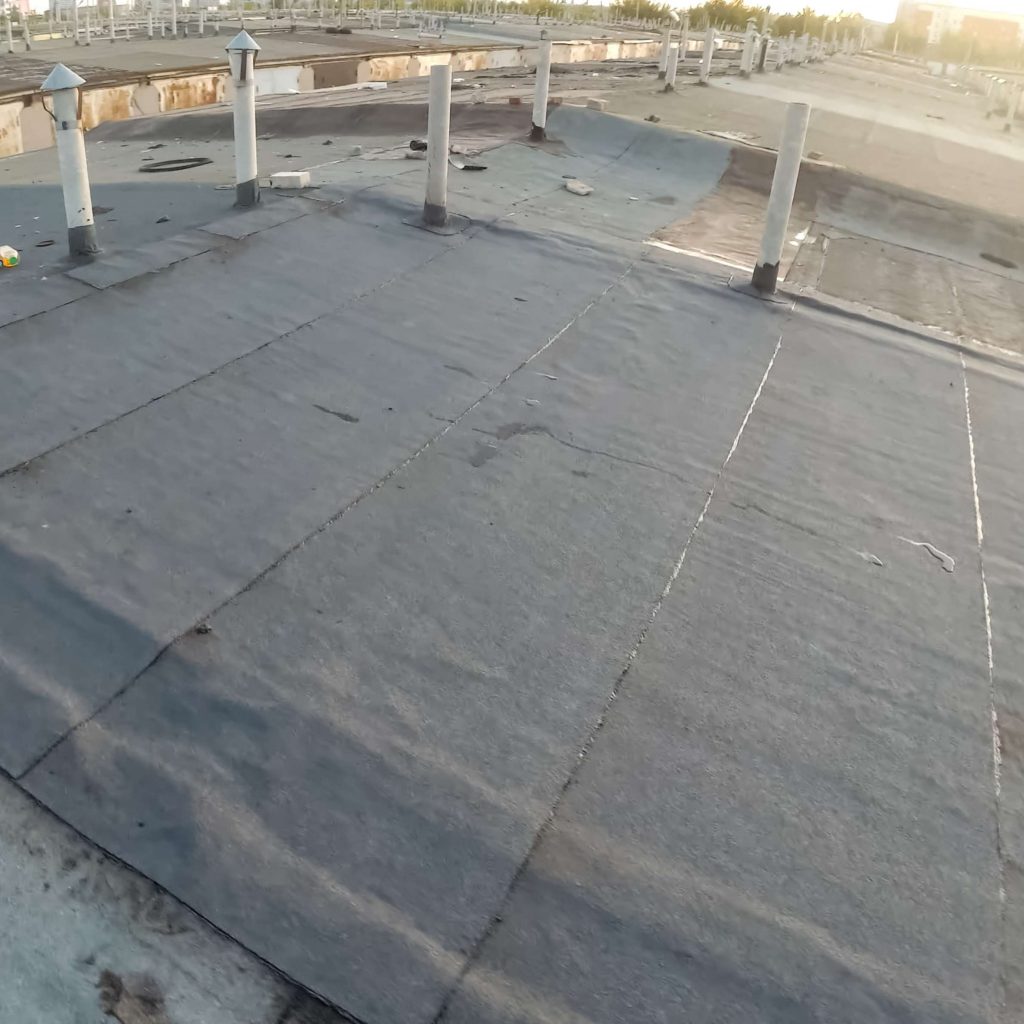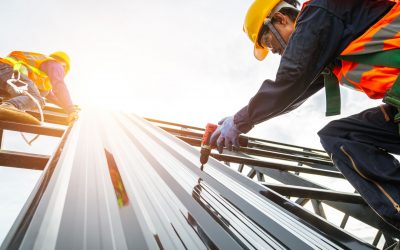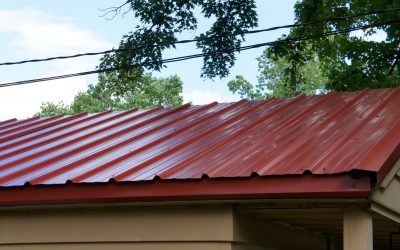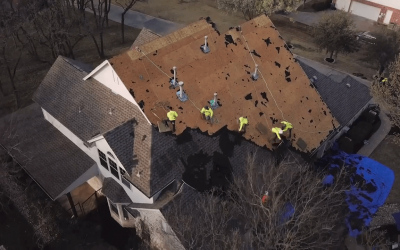Rubber roofing has gained popularity in recent years as a durable, cost-effective, and eco-friendly option for both residential and commercial buildings. Whether you’re new to the idea or considering it for your next roof project, this guide will help you understand what rubber roofing is, how it works, and why it might be the right choice for you.
What Is Rubber Roofing?
Rubber roofing refers to roofing materials made primarily from rubber or plastic polymers. EPDM (ethylene propylene diene terpolymer), the most common form, offers flexibility, weather resistance, and longevity as a synthetic rubber material.
Types of Rubber Roofing Materials
1. EPDM
Contractors widely use EPDM for flat or low-slope roofs. It’s available in black or white and comes in rolls that are either fully adhered, mechanically fastened, or ballasted.
2. TPO (Thermoplastic Olefin)
Though technically not rubber, many group TPO with rubber roofing because of its similar properties. It offers great energy efficiency and UV resistance.
3. PVC (Polyvinyl Chloride)
Another single-ply option, PVC roofing offers durability and serves as a popular choice for commercial properties.
Benefits of Rubber Roofing
1. Durability and Longevity
Rubber roofs can last 30–50 years with proper maintenance. They resist cracking, shrinking, and other damage caused by extreme weather.
2. Low Maintenance
These roofs require minimal upkeep. Occasional cleaning and simple inspections help prevent issues and prolong the life of the roof.
3. Eco-Friendly Options
Many rubber roofing materials are made from recycled content and are fully recyclable at the end of their lifespan.
4. Waterproof and Leak-Resistant
Rubber roofs are highly waterproof, making them an excellent choice for areas prone to rain or snow.
5. Easy Installation
Rubber roofs are relatively easy and quick to install, especially on flat or low-sloped roofs.
Understanding Rubber Roof Membranes
A rubber roof membrane acts as a waterproof barrier over your roof deck. It’s designed to prevent leaks, manage water runoff, and protect the structure underneath. There are several installation methods:
- Fully adhered membranes are glued to the roof deck.
- Mechanically fastened membranes use screws and plates.
- Ballasted membranes are held down with large stones or pavers.
- Each method has its pros and cons, depending on your building type and location.

Ideal Applications for Rubber Roofing
- Flat and low-slope roofs: Where traditional shingles may not perform well
- Commercial buildings: Where durability and ease of maintenance are key
- Mobile homes and RVs: Lightweight and flexible materials are a plus
- Eco-conscious homeowners: Seeking sustainable roofing options
Considerations Before Installing Rubber Roofing
Before moving forward with a rubber roofing project, it’s important to consider:
- Climate: Rubber roofing performs well in most weather but may need reflective coatings in hot climates.
- Roof slope: It’s most effective on flat or low-slope roofs.
- Budget: While cost-effective long-term, initial installation may be higher than asphalt.
- Contractor expertise: Make sure to work with professionals who have experience with rubber roofing materials.
It provides a strong, flexible, and environmentally friendly solution for flat or low-slope roofs. With options like EPDM, TPO, and PVC, plus add-ons like rubber roof coating, it’s easy to find a setup that fits your needs.
Whether you’re maintaining an existing rubber roof or exploring your options for a new one, understanding how rubber roof membranes and coatings work will help you make the best choice for your home or business.
Let’s Keep Learning Together
If you’re curious about rubber roofing, take your time, do your research, and talk to experienced roofing contractors who can guide you through the options. Staying informed is the first step toward making confident, long-term decisions for your property.




